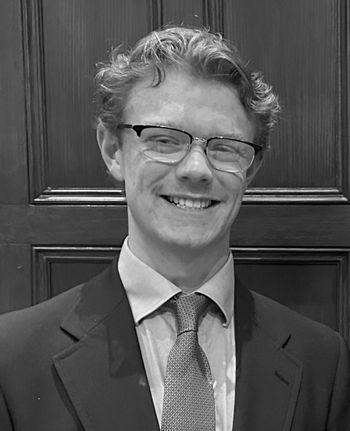Buildings can be racist, concludes CU Boulder prof
The professor alleged that certain classroom settings were ‘made mainstream by Western colonization, which eliminated enslaved or otherwise colonized Indigenous communities.’
He also claimed that the existence of certain ethnic communities in the U.S. is proof of racism since ‘[m]any people feel more comfortable living with others who look like them, because outside that community, they tend to face discrimination.’
A University of Colorado (CU) Boulder professor is arguing that buildings can be racist.
A CU Boulder Today article titled “Can buildings be racist? A CU Boulder architect explores” was published on Wednesday, featuring an interview with CU Boulder Environmental Design professor Shawhin Roudbari.
When asked: “Can buildings and spaces actually be racist?” Roudbari answered that “architectural design often reflects social hierarchies, and those hierarchies are frequently tied to the history of Western colonization and racism.”
[RELATED: CU regents weigh new free speech policy amid campus anti-Semitism concerns]
Roudbari went on to allege that classroom settings “like the auditorium-style lecture hall where students surround a professor” were “made mainstream by Western colonization, which eliminated enslaved or otherwise colonized Indigenous communities as part of attempts to extract wealth or advance supremacist projects like Manifest Destiny.”
The CU Boulder professor claimed that alternative “non-Western” teaching methods promote more “communal” learning in which “people sit around in a circle and share their expertise.”
Asked about a recent study he co-authored titled “Architectures of White Supremacy: Measuring Racism in College Campus Design,” Roudbari alleged that CU Boulder’s campus’s “big, open spaces” made “people of color stand out more.”
“Many people of color expressed that they felt a sense of being noticed and watched on this campus, because the environment provided little refuge for them to be less visible or even hide in this predominantly white space,” he continued.
Specifically, Roudbari singled out the “big lawn in front of the Norlin Library,” claiming it is frequented mostly by white community members: “When most people there are white, and my skin color is a bit different, the contrast becomes enough to make people uncomfortable.”
He went on to state that “[m]anicured lawns on U.S. college campuses” are part of a larger problem because they attempt to emulate European campuses, something that supposedly “make[s] non-white students feel alienated because these spaces weren’t designed for them.”
Radbouri continued, saying that the supposed problem goes beyond just U.S. campuses and is part of American society as a whole.
He asserted, for example, that the existence of ethnic communities in certain spaces is proof of racism, alleging that “[m]any people feel more comfortable living with others who look like them, because outside that community, they tend to face discrimination.”
Speaking of potential alternatives to what he sees as racist buildings and spaces, Roudbari said that “architects can help by designing alternatives to traditional auditorium spaces, allowing faculty and learners to experiment with diverse forms.”
“For lawns, we could support more programming in these spaces that reflects diverse cultural values, like cookouts, dances and other activities. This means providing resources to underrepresented minority members and organizations on campus so they can be empowered to make these spaces their own,” he continued.
Campus Reform reached out to CU Boulder and Professor Roudbari for comment. This article will be updated accordingly.

